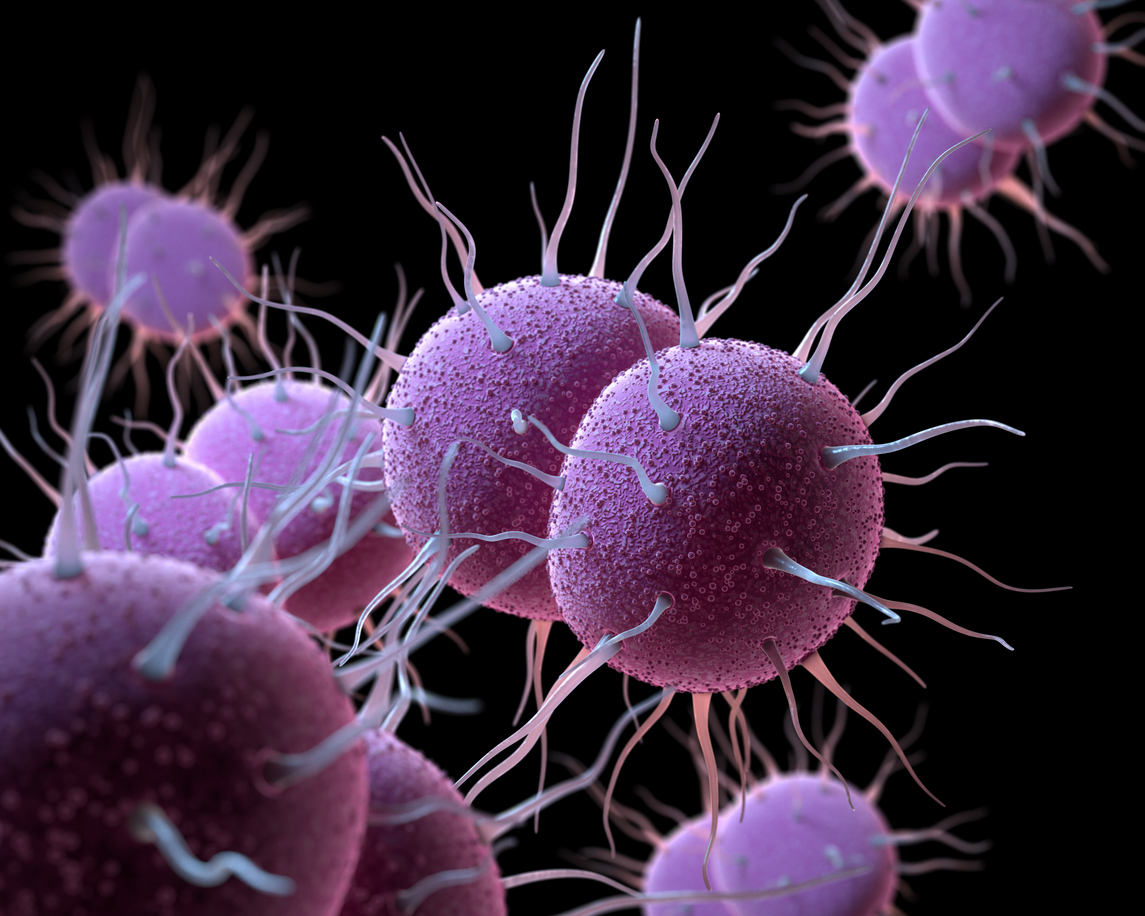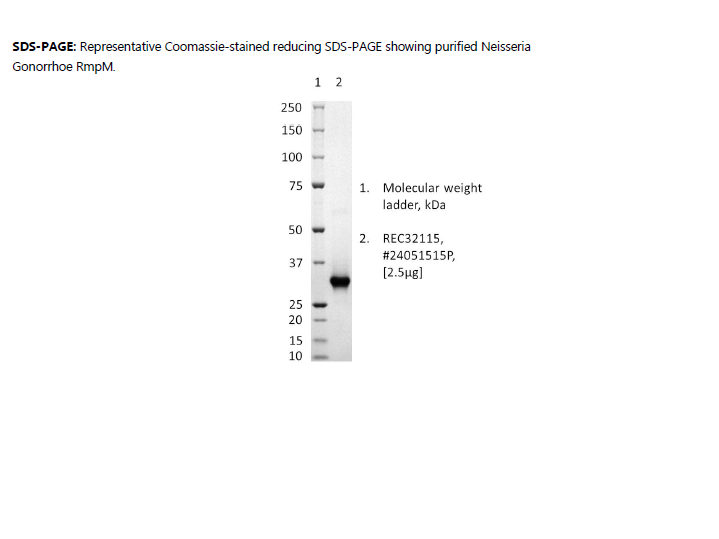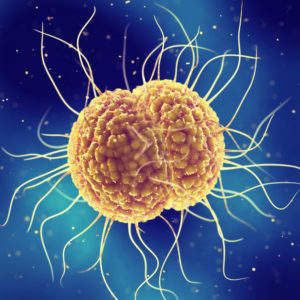Neisseria Gonorrhoeae RmpM
Price range: $484.42 through $2,058.80 excl. VAT
The recombinant Neisseria Gonorrheae RmpM outer membrane protein was expressed in E. coli, purified from inclusion bodies, and gently re-folded.
Neisseria Gonorrhoeae RmpM
The recombinant Neisseria Gonorrheae RmpM outer membrane protein was expressed in E. coli, purified from inclusion bodies, and gently re-folded.
Neisseria Gonorrhoeae RmpM
- Recombinant Neisseria Gonorrheae RmpM produced in E. coli (Accession Number: WP_319078398.1).
- Strain/Isolate: Canada/human/2011
- Tag: His-tag, C-Terminus
- Presented as liquid in DPBS buffer
BACKGROUND
Neisseria gonorrhoeae (N. gonorrhoeae) infects approximately 106 million people globally each year, leading to severe health complications such as infertility, ectopic pregnancy, and an increased risk of HIV transmission. Addressing gonorrhea is challenging due to the bacterium’s frequent development of resistance to multiple antibiotics. While various surface antigens have been explored for vaccine development, creating vaccines targeting only a single antigen remains insufficient for fully preventing infections (Li et al., 2014).
Rmp (reduction modifiable protein), also known as PIII, is one of the major outer membrane proteins of Neisseria gonorrhoeae. It shares 95% identity with the class 4 protein of Neisseria meningitidis. Rmp is associated with the bacterial membrane through non-covalent bonds to the peptidoglycan layer. It interacts with PorA/PorB porin complexes, stabilizing the bacterial membrane (Leuzzi et al., 2013; Jones et al., 2024).
This protein plays a significant role in the bacterium’s ability to evade the human immune system, complicating vaccine development. Rmp is highly immunogenic, but antibodies against Rmp (anti-Rmp Abs) can block the bactericidal activity of other protective antibodies, thereby increasing the bacterial burden and prolonging infection duration. This blocking effect has been demonstrated in both in vitro and in vivo studies, where anti-Rmp Abs were shown to counteract the efficacy of bactericidal monoclonal antibodies and enhance susceptibility to infection. The presence of anti-Rmp Abs in individuals, particularly those with frequent gonococcal infections, suggests that Rmp may help the bacteria evade immune responses, making it a critical factor to consider in vaccine design (Li et al., 2014; Gulati et al., 2015).
REFERENCES
-
- Li, G., Xie, R., Zhu, X., Mao, Y., Liu, S., Jiao, H., Yan, H., Xiong, K., & Ji, M. (2014). Antibodies with Higher Bactericidal Activity Induced by a Neisseria gonorrhoeae Rmp Deletion Mutant Strain. PLoS ONE, 9(9), e90525.
- Leuzzi, R., Nesta, B., Monaci, E., et al. (2013). Neisseria gonorrhoeae PIII has a role on NG1873 outer membrane localization and is involved in bacterial adhesion to human cervical and urethral epithelial cells. BMC Microbiology, 13(1), 251.
- Jones, R. A., Jerse, A. E., & Tang, C. M. (2024). Gonococcal PorB: a multifaceted modulator of host immune responses. Trends in Microbiology, 32(4), 355-364.
- Gulati, S., Mu, X., Zheng, B., Reed, G., Ram, S., & Rice, P. (2015). Antibody to reduction modifiable protein increases the bacterial burden and the duration of gonococcal infection in a mouse model. The Journal of Infectious Diseases, 212(2), 311-315.



